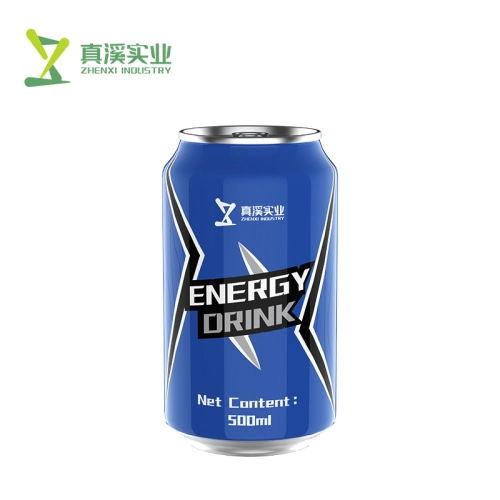Sealing beverage cans is a precise operation that requires care to guarantee the products will have intact sealing and long duration. The process of canning starts from filling the beverage in the plastic or aluminum cans, too often filled under high speed production volumes. This efficiency improves the margins on competitive contracts with service providers, so ensuring performance when you choose to contract in services rather rhan your own can line is a vital cost saving measure that we all have control over.
When full, it moves to the sealing station. Above : The can's top (called the end) is placed on to the can body here. Two important processes are used during seaming: the first operation roll and the second operation roll. The first operation roll crimps the end curl with the can body flange forming an initial double seam. The next roll tightens up this seal, to a near air-tightness. This double seaming process is essential in retaining carbonation present within beverages like sodas, beers.
As with sewing, precision engineering is important in the seaming processes. Manufactured to less than 0.001 inches, seaming heads and rolls ensure a perfect seal; Even the slightest deviation can cause leaks or contamination, which in turn will affect directly to quality and safety.trailing
Automated inspection system for seam integrity The high-speed cameras and sensors ensure no faulty cans make it throw, rejecting any that do not meet the strict requirements. Inspects up to 100,000 cans/hour With this solution only perfectly sealed can go onward in packaging

Internal pressure in can sealing is one of the basic features. Specific cans can also have carbon dioxide pressurized into them before sealing to provide a similar effect (and the volume of gas typically consumed by just one oxygen molecule), but others do not. By pressurizing it, this does that and also helps to keep the flavor in the drink while keeping its shelf life last longer. An example for pressure pots is: shelf life according to kind of beverage and from 6 (beer) up to maximally some 18 months.
Lacquer coatings lining the inside of the cans also help to create a hermetic seal. Coatings are used to keep the drink from reacting chemically with the aluminum, which could alter taste and quality. The fux laquer must be laid: 1) flat, level; and 2) cured properly for maximum effect. The process requires accurate temperature control, generally at around 400 degrees Fahrenheit so the lining bonds effectively to inside of the can.
Can sealing is more energy-efficient now than ever with current technology improvements. Innovations in machinery and process have made modern canning lines use about 20% less energy than older systems. This efficiency not only cuts operational costs but is also consistent with sustainability guidelines from major beverage companies.
To quote from industry expert Robert Graves, "Tightness of the seal is everything when it comes to quality and safety for canned beverages. So this supports the necessity of accuracy and quality control when sealing cans.
New sealing technology includes a product called hermetic seal, which offers an even stronger sealed using improved materials and processes. The technology is perfect for beverages that need longer shelf lives and have higher resistance to environmental influences.
The sealing of Beverage Cans thus marries together all the above elements, to help ensure consumers get a safe and fresh product that is an enjoyable drink. The meticulous process from Filling>to Pressurizing > to Double Seam (lid) the product and Inspecting it, will provides BEV-CO with a level of quality unparalleled in any other Beverage filling operation.
